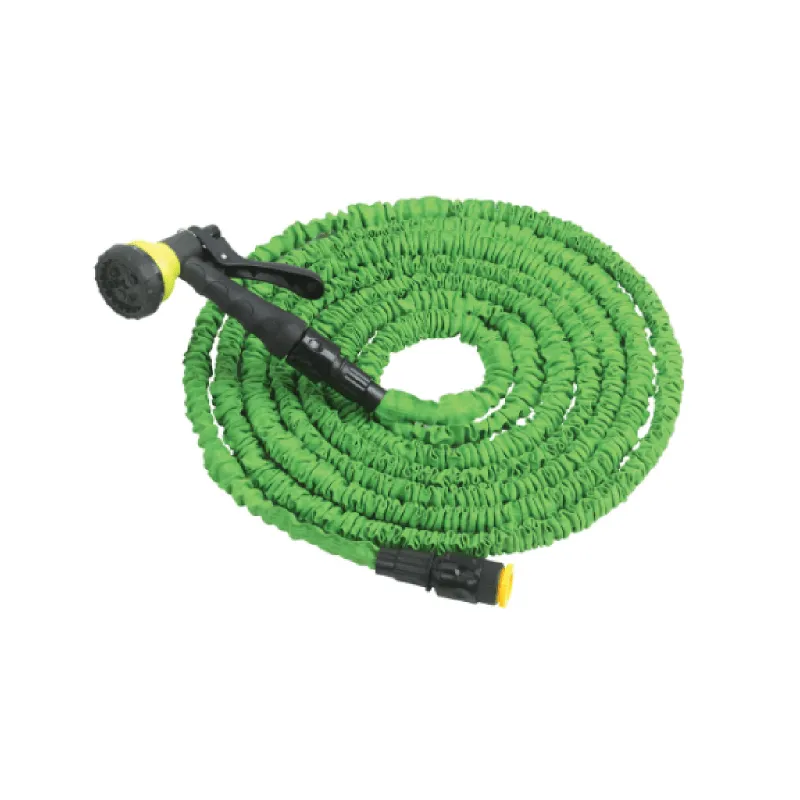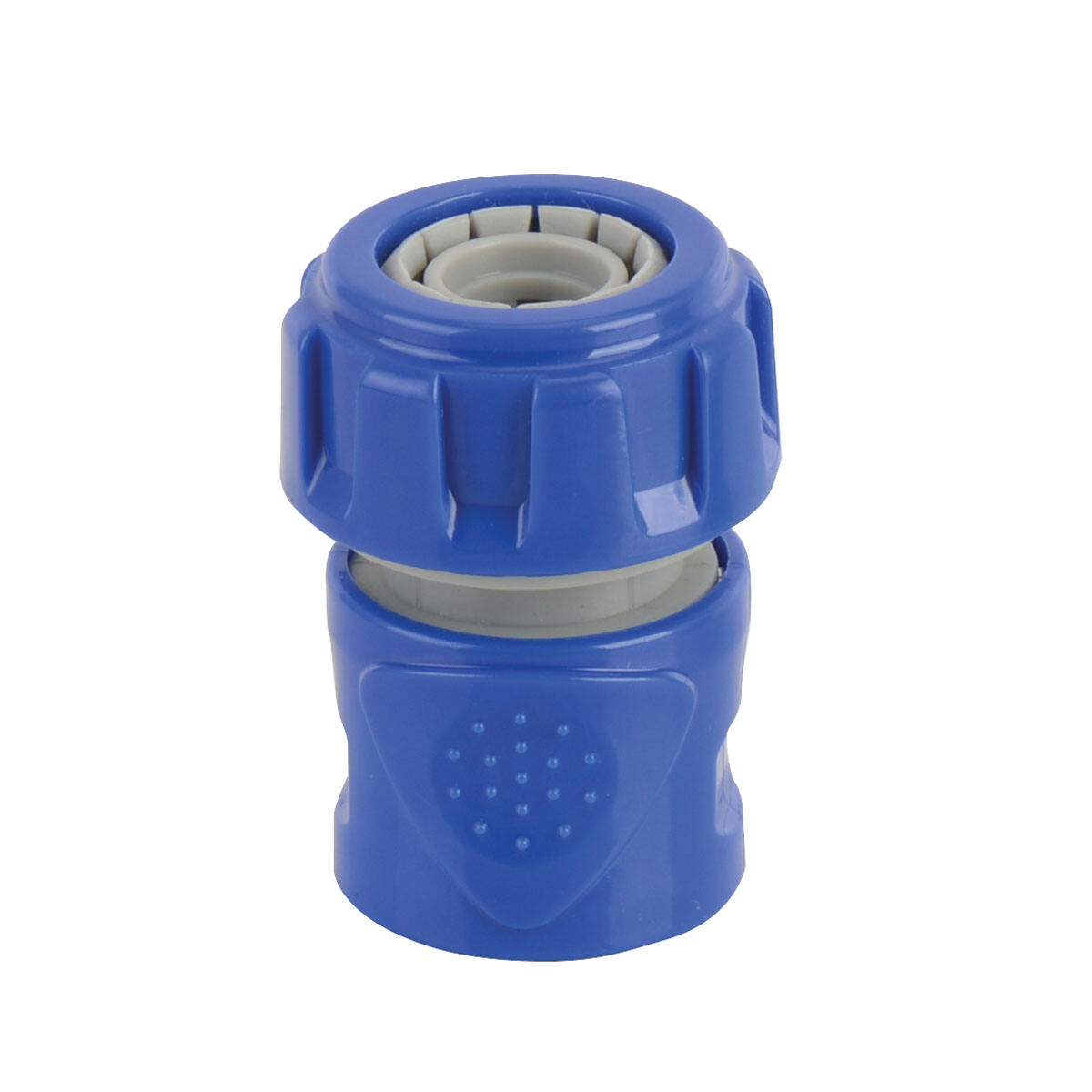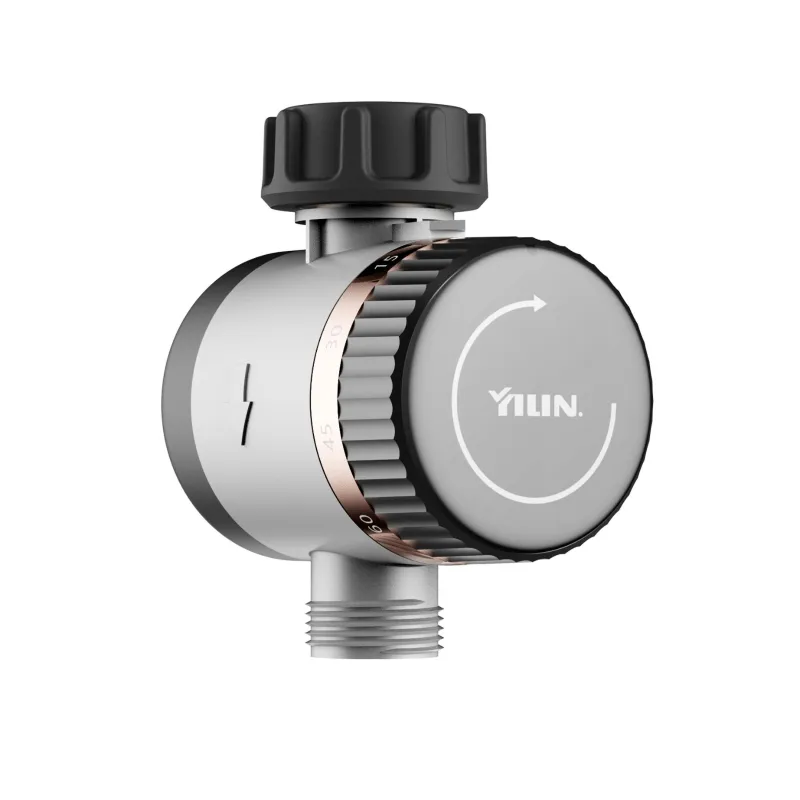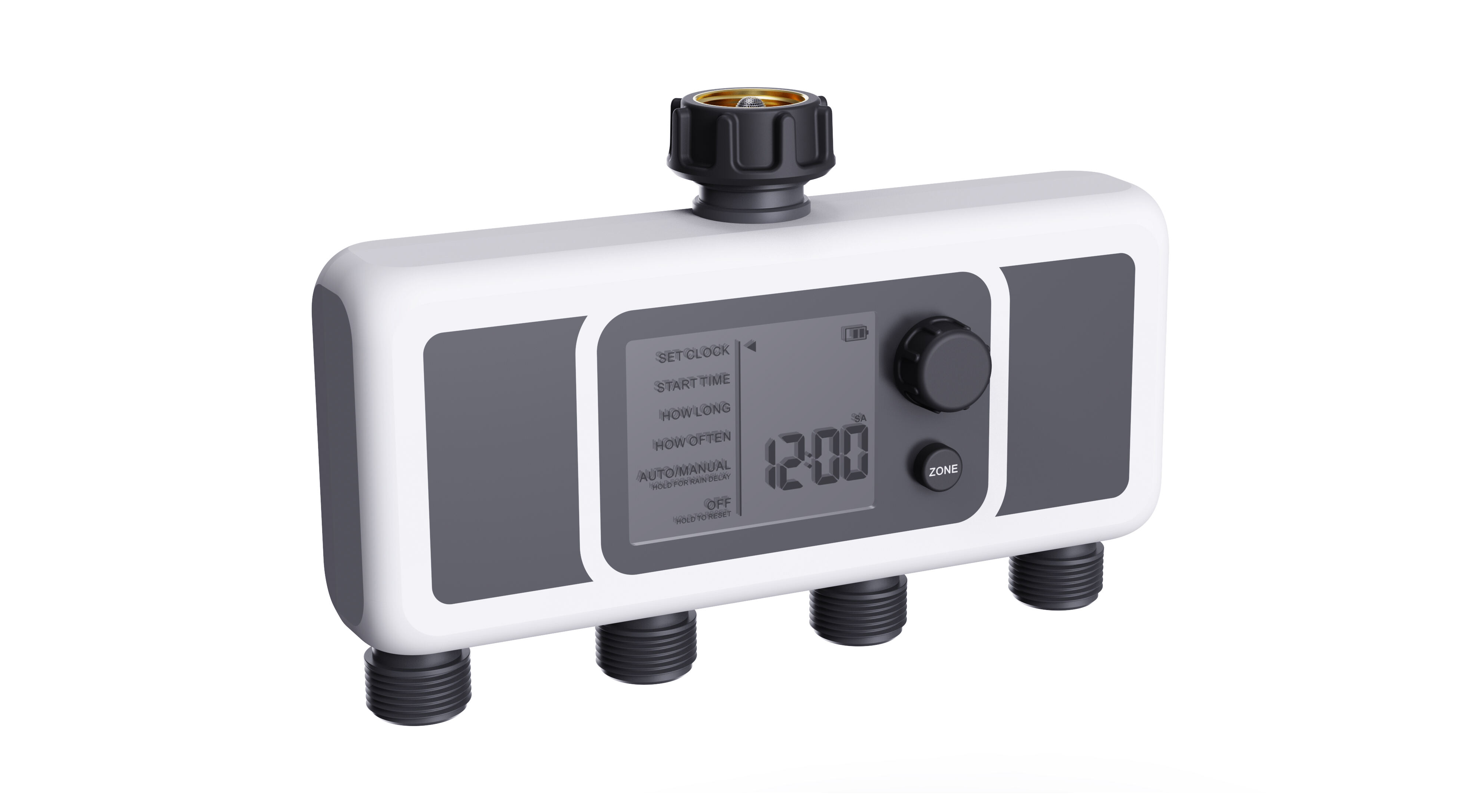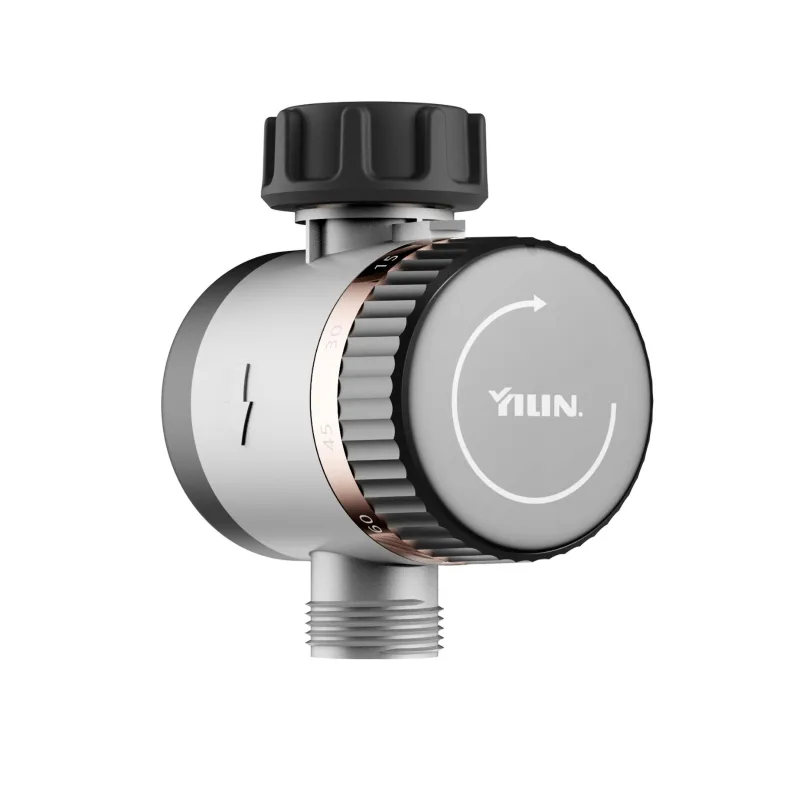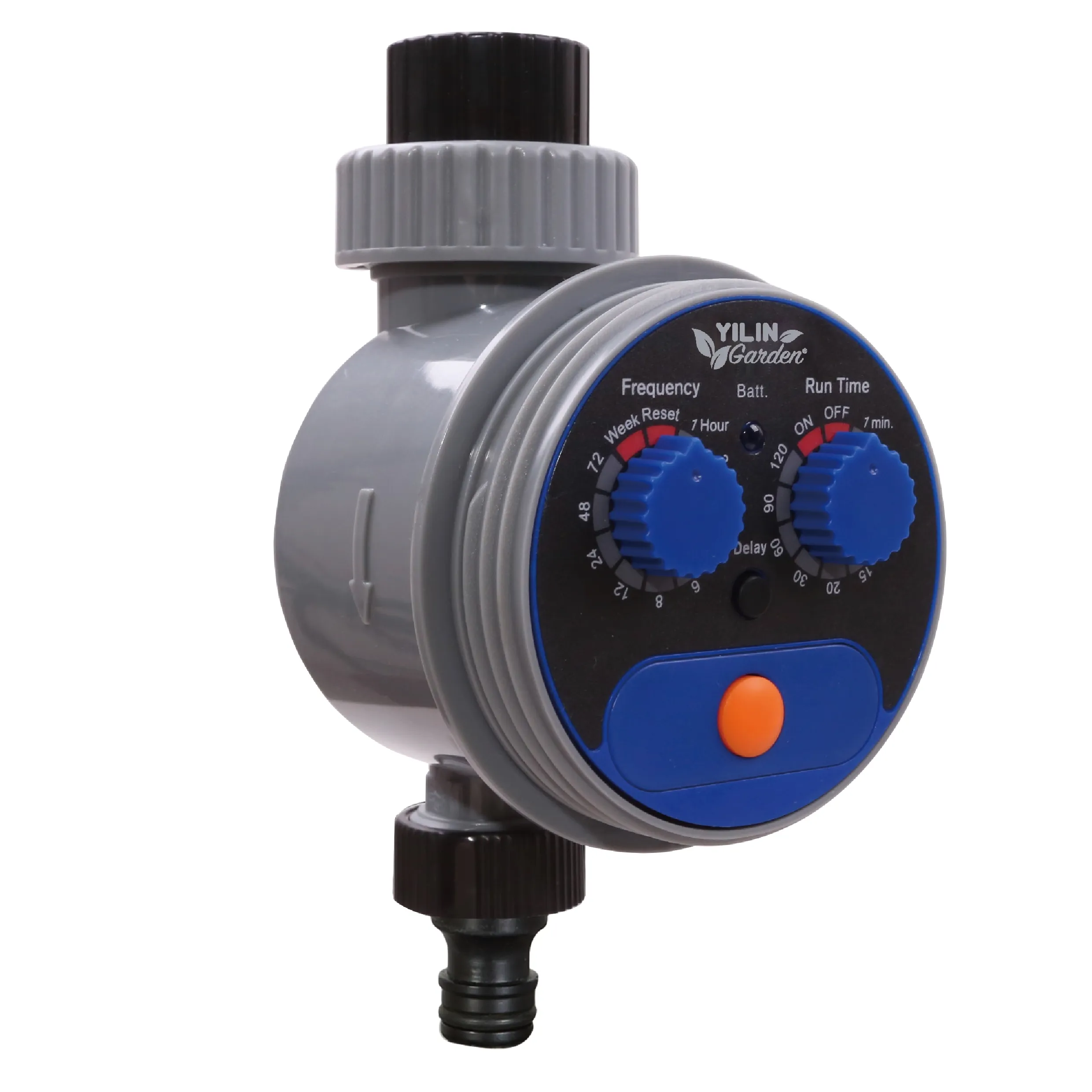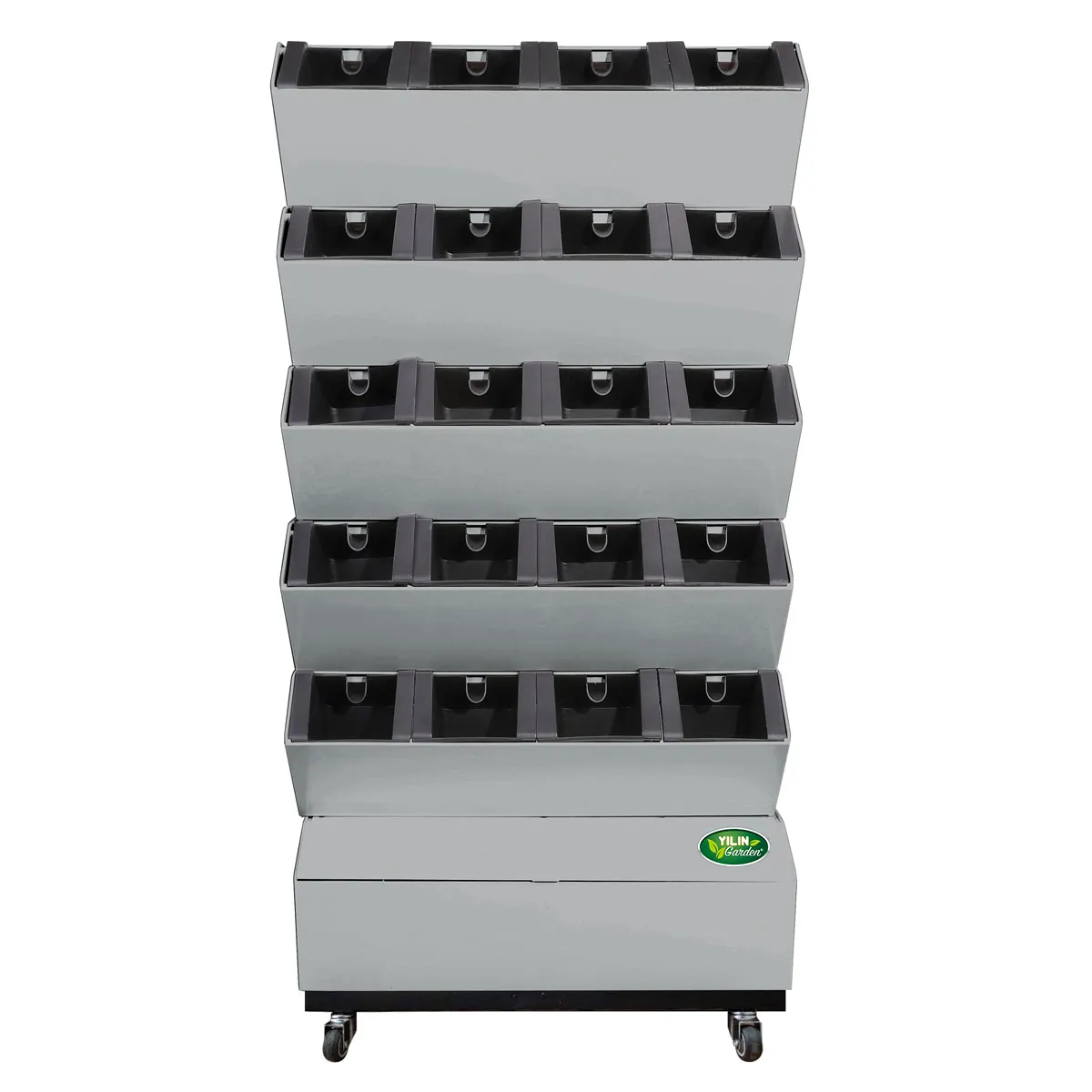slow drip watering system
A slow drip watering system represents a revolutionary approach to plant irrigation that delivers water directly to plant roots in a controlled, efficient manner. This innovative system consists of a network of tubes, emitters, and pressure regulators that work together to provide consistent moisture to plants. The system operates by releasing water slowly and steadily, typically delivering between 1-4 gallons per hour, allowing for optimal soil absorption and preventing water waste through runoff or evaporation. The technology incorporates precise flow regulators that maintain consistent water distribution regardless of pressure variations, while advanced filtering mechanisms prevent clogging and ensure long-term reliability. Modern slow drip systems often feature smart controls that can be programmed to adjust water flow based on factors such as soil moisture levels, weather conditions, and specific plant requirements. These systems find widespread application in various settings, from small home gardens to large agricultural operations, and are particularly effective in areas with water conservation requirements or irregular terrain. The versatility of slow drip irrigation makes it suitable for diverse planting scenarios, including vegetable gardens, flower beds, container plants, and landscaped areas, while its modular design allows for easy expansion or modification as gardening needs change.





